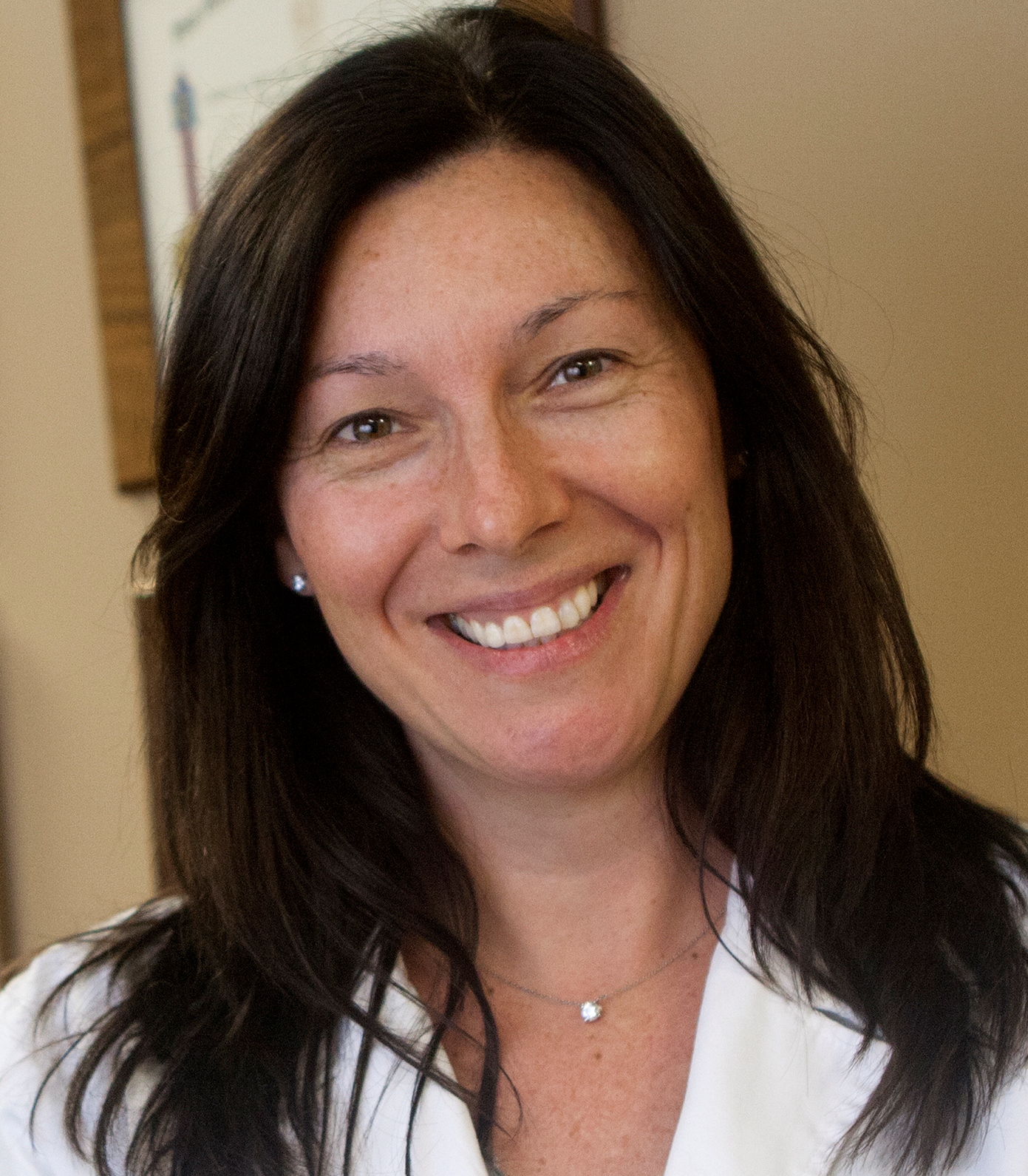User login
As a vascular surgeon in Southern California for the last 13 years, I am no stranger to the challenges of treating the non-English-speaking patient. The move from Brazil to New York and then to California made my native Portuguese develop into a handy form of Spanish.
Since my first days as a surgical resident, I have noticed how language hurdles can affect patient care. Obtaining an accurate history was only the beginning of the problem. It took a while to comprehend the intricate role of Latino family members in health care decision making.
Conferences about surgical management with a group of at least 10 individuals in which the patient was often not part of were common. Latino cultures include a more family-centered decision making model (familismo) compared to the more individualistic or autonomy-based model seen in the United States.
With each case, I have grown more familiar with Puerto Ricans and Dominican patients and their culture. My "Portunhol" brought many smiles and sighs of relief, and certainly facilitated the handling of many cases.
When I started a multispecialty group just six months ago, hiring bilingual office staff was a priority. We recruited two medical assistants who were able to schedule office visits and discuss pre- and post-operative care with Spanish-speaking patients and family members. Brochures about vascular diseases are on display in English and Spanish and are easily supplied by industry upon request. Latinos are more likely than Caucasians to feel that they were treated unfairly by providers or by the medical system. I hope I can help change this perception with the sign hanging in my waiting room.
As a vascular surgeon in Southern California for the last 13 years, I am no stranger to the challenges of treating the non-English-speaking patient. The move from Brazil to New York and then to California made my native Portuguese develop into a handy form of Spanish.
Since my first days as a surgical resident, I have noticed how language hurdles can affect patient care. Obtaining an accurate history was only the beginning of the problem. It took a while to comprehend the intricate role of Latino family members in health care decision making.
Conferences about surgical management with a group of at least 10 individuals in which the patient was often not part of were common. Latino cultures include a more family-centered decision making model (familismo) compared to the more individualistic or autonomy-based model seen in the United States.
With each case, I have grown more familiar with Puerto Ricans and Dominican patients and their culture. My "Portunhol" brought many smiles and sighs of relief, and certainly facilitated the handling of many cases.
When I started a multispecialty group just six months ago, hiring bilingual office staff was a priority. We recruited two medical assistants who were able to schedule office visits and discuss pre- and post-operative care with Spanish-speaking patients and family members. Brochures about vascular diseases are on display in English and Spanish and are easily supplied by industry upon request. Latinos are more likely than Caucasians to feel that they were treated unfairly by providers or by the medical system. I hope I can help change this perception with the sign hanging in my waiting room.
As a vascular surgeon in Southern California for the last 13 years, I am no stranger to the challenges of treating the non-English-speaking patient. The move from Brazil to New York and then to California made my native Portuguese develop into a handy form of Spanish.
Since my first days as a surgical resident, I have noticed how language hurdles can affect patient care. Obtaining an accurate history was only the beginning of the problem. It took a while to comprehend the intricate role of Latino family members in health care decision making.
Conferences about surgical management with a group of at least 10 individuals in which the patient was often not part of were common. Latino cultures include a more family-centered decision making model (familismo) compared to the more individualistic or autonomy-based model seen in the United States.
With each case, I have grown more familiar with Puerto Ricans and Dominican patients and their culture. My "Portunhol" brought many smiles and sighs of relief, and certainly facilitated the handling of many cases.
When I started a multispecialty group just six months ago, hiring bilingual office staff was a priority. We recruited two medical assistants who were able to schedule office visits and discuss pre- and post-operative care with Spanish-speaking patients and family members. Brochures about vascular diseases are on display in English and Spanish and are easily supplied by industry upon request. Latinos are more likely than Caucasians to feel that they were treated unfairly by providers or by the medical system. I hope I can help change this perception with the sign hanging in my waiting room.

